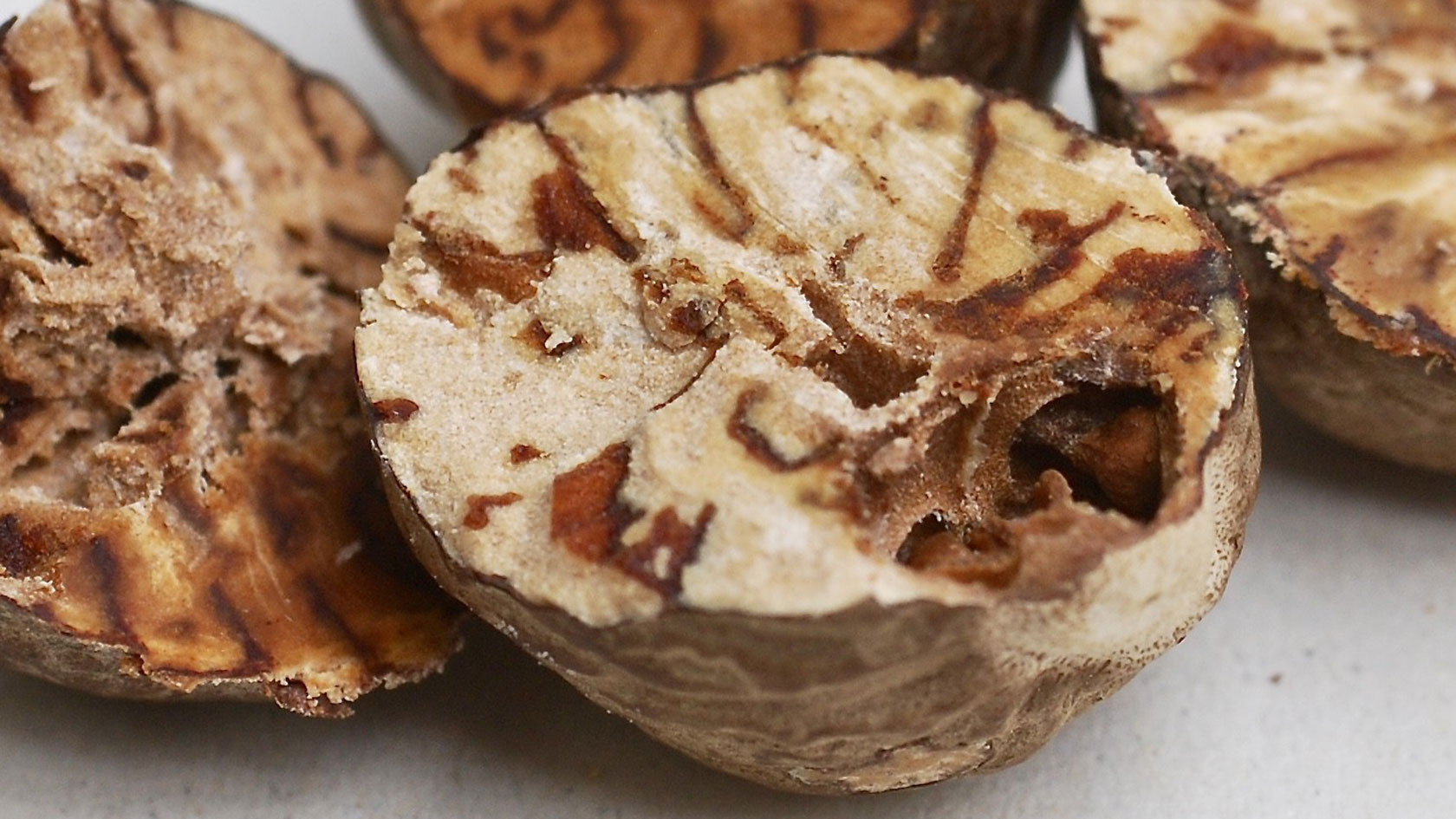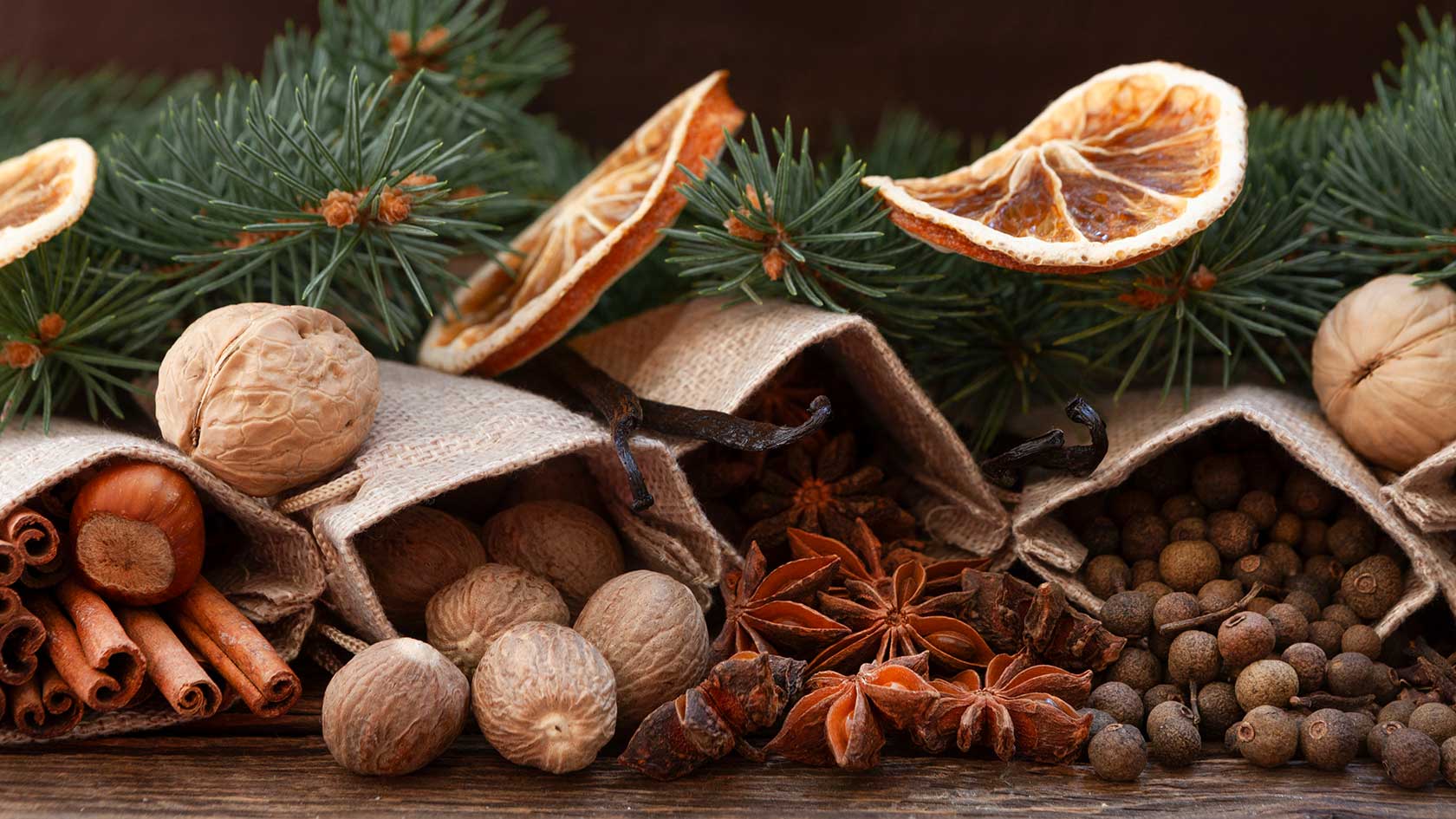Festive Fragrances
Maja Dal Cero, why are cinnamon, nutmeg and vanilla so popular?
What makes these spices special is that they come from tropical plants that don’t grow in our temperate climate. For centuries, their exotic origin and limited availability have made them highly coveted luxury goods.
How did these spices arrive in Europe?
They were brought to Europe in ancient times along trade routes such as the Silk Road and were known as luxury foods by about 500 BC. The spice trade of the Middle Ages made them more widely available, but because of their high prices, they were mainly reserved for festive occasions such as the winter solstice.
So how did they end up in our Christmas recipes?
Well, they keep for a long time, and fresh herbs were not available in winter, so they were particularly suitable for use during the cold season. When Christmas became established and associated with certain culinary traditions in the 18th century, the spices became a staple of the Advent season. But it wasn’t until the 20th century that globalized trade and more affordable prices made them widely available. Since then, they’ve come to define Christmas baking and cooking as we know it.
Why do these spices smell so delicious?
The spices owe their intense fragrance to their high content of essential oils. These volatile substances spread through the air, have a relaxing or stimulating effect, and create this very distinctive fragrance that we perceive as festive.

Pepper, nutmeg, cinnamon and vanilla have always been valued as stimulants and remedies.
Why are vanilla and cinnamon so common in baked Christmas goods?
Outside of the Advent season, we rarely come across the scent of cinnamon and vanilla, often paired with nutmeg or cloves. This makes them special and exclusive to the holiday season. That’s why they’ve become synonymous with the festive atmosphere and traditional Christmas food. What’s interesting is that in their countries of origin, for example India or Indonesia, these spices play an entirely different role. There, they’re part of everyday cuisine and have hardly any festive connotations.

Why is nutmeg such a popular ingredient in Christmas classics, such as mulled wine or punch?
Nutmeg is exotic and different from our native herbs. It adds a special something that enhances and enriches the flavor of wine or punch, giving it a distinctive, warm aroma with a delicate spiciness.
How old is the tradition of spiced wines?
The custom of adding spices to wine goes back a long way. Spiced wines were used as medicinal wines as early as the Middle Ages. We know from recipe collections such as the 9th-century Lorsch Pharmacopoeia or the writings of Hildegard von Bingen that spices such as nutmeg were added to wine to achieve healing effects. Over time, this practice shifted from medicinal to recreational, paving the way for the drink we now know as mulled wine.
How do you see the future of spices in the holiday season? Could there be novel trends or alternative spices?
The classics such as cinnamon, cloves, nutmeg and star anise will certainly remain key ingredients, as they’re deeply rooted in our Christmas traditions. But other flavors are becoming increasingly popular, including coriander seeds, or rhizomes from Asia such as ginger and its relative, galangal. These trends may come and go, and it’s always interesting to see which ones stick around for good.
